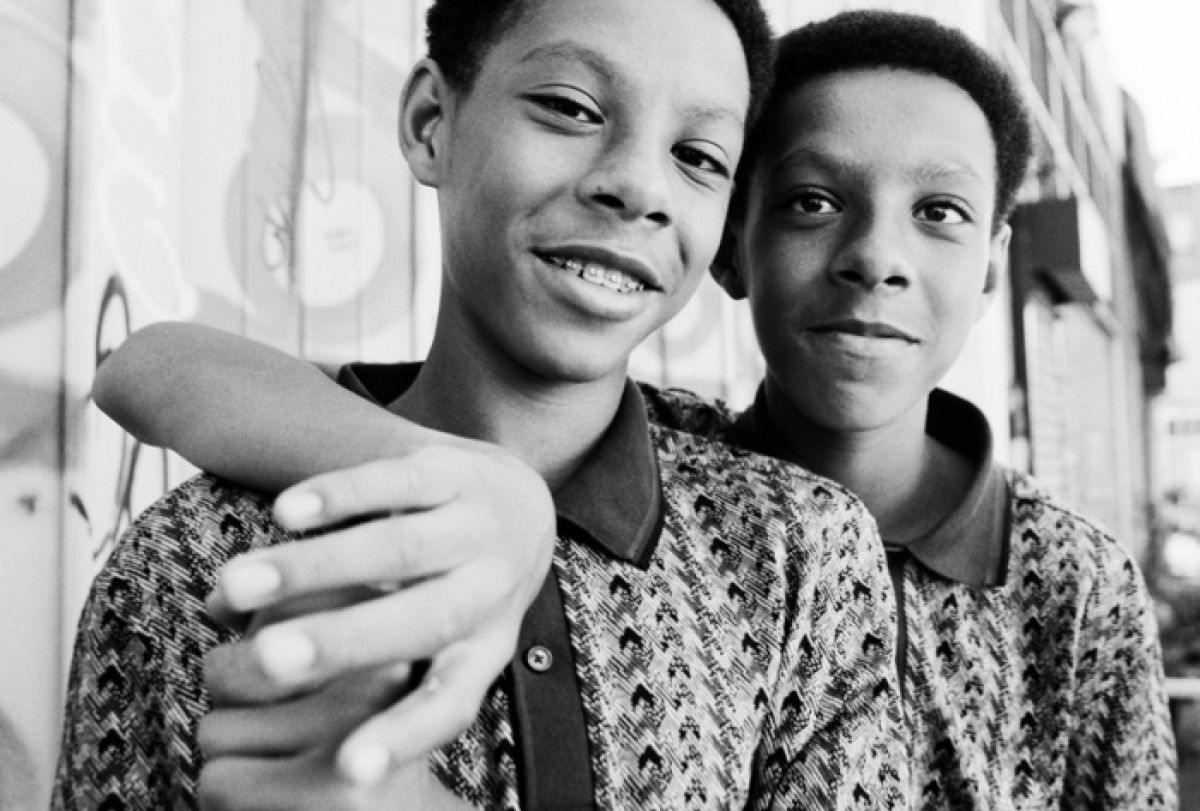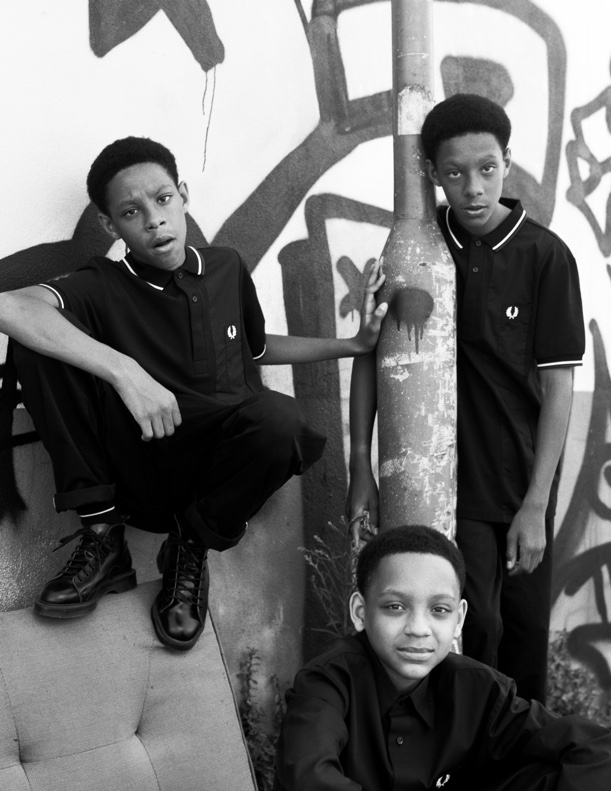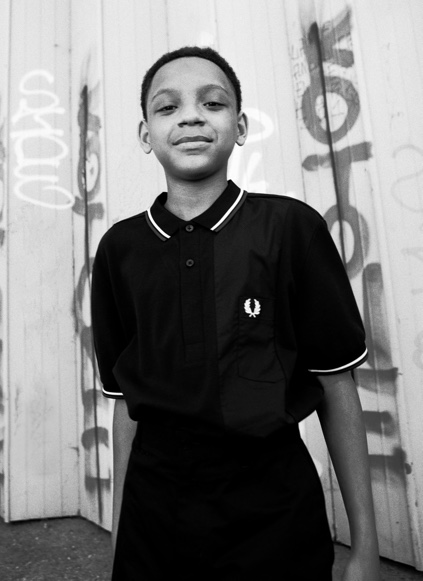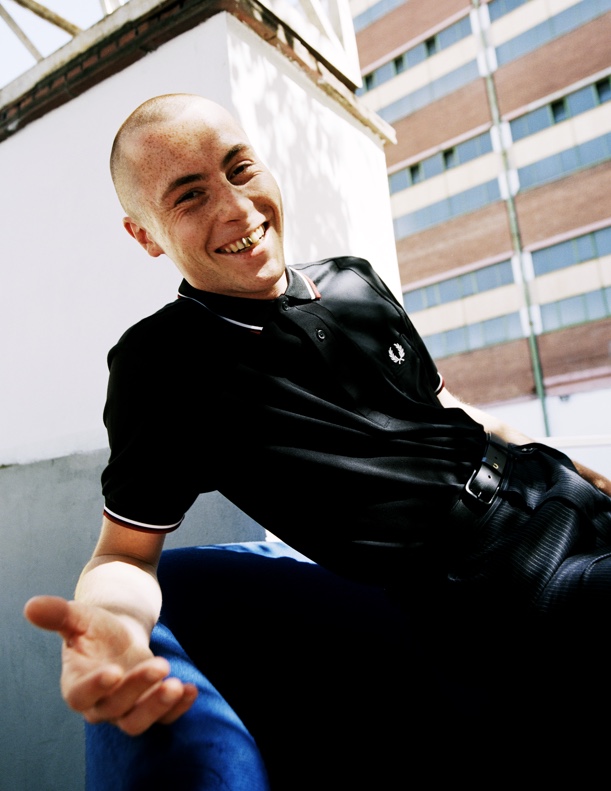High profile clients favouring his subtly-anarchic brand of British sartorialism – which fuses references to art and street style with fine tailoring, bold silhouettes and beautifully-considered fabrics - include David Beckham, Jamie XX, Mos Def, Lewis Hamilton, Tinie Tempah and Drake, among many others.
The London-based designer spent his formative years accumulating a wealth of knowledge and techniques from his late-father, Joe Casely-Hayford, OBE, an influential designer whose work reverberated across the runways of Paris, London and Tokyo from the early-80s until his death in 2019. The Casely-Hayford label was originally founded by father and son in 2009 as a joint venture, and continues to flourish from its Marylebone HQ under Charlie’s discerning eye.
Charlie’s long-entrenched passion for clothing, music and subcultures, and a commitment to design integrity and longevity as opposed to fleeting trends, mirrors the values of Fred Perry. The new collaboration mutually explores these enthusiasms with a focus on inter-generational style, story-telling and memory, conveyed through reinterpretations of classic Fred Perry pieces, with adventurous tailoring, knitwear and embellishments. Here, Charlie tells us more about this exciting meeting of minds…





